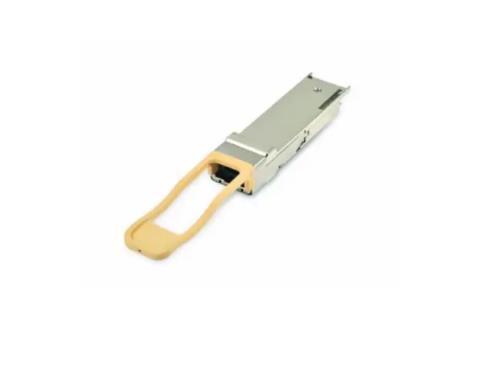The deployment of fiber optics has been growing, driven by the need for high-speed data rates. As the installed fiber grows, the management of optical transport networks becomes more difficult. Many factors should be considered during fiber cabling, such as flexibility, future feasibility, deployment and management costs, etc. To handle large volumes of fiber at lower cost and with greater flexibility, various fiber distribution frames (ODFs) are widely used to connector and dispatch fibers. Choosing the right fiber distribution frame is the key to successful cable management.
Introduction to Optical Distribution Frame (ODF)
An Optical Distribution Frame (ODF) is a frame used to provide cable interconnection between communication facilities, which integrates fiber splices, fiber terminations, fiber adapters and connectors, and cable connections in a single unit. It also acts as a protector to protect fiber optic connections from damage. The basic functionality of ODFs offered by today’s vendors is nearly identical. However, they come in different shapes and sizes. Choosing the right ODF is not an easy task.
Types of Optical Distribution Frames (ODF)
According to the structure, ODF can be mainly divided into three types: wall-mounted ODF, floor-mounted ODF and rack-mounted ODF.
Wall-mounted ODF usually adopts a small box design, which can be mounted on the wall and is suitable for distribution of small numbers of optical fibers. The floor-standing ODF adopts a closed structure. It is usually designed to have a relatively fixed fiber capacity and an attractive appearance.
Rack-mounted ODFs (as shown in the figure below) are usually modular in design and have a sturdy structure. It can be mounted on the rack more flexibly according to the number and size of fiber optic cables. This light distribution system is more convenient and can provide more possibilities for future changes. Most rack mounts have an ODF of 19″, which ensures they fit perfectly on commonly used standard transmission racks.
Optical Distribution Frame (ODF) Selection Guide
The selection of ODF is not limited to structure, but also should consider many factors such as application. Some of the most important are presented below.
The number of optical fibers: With the increase in the number of optical fiber connections in places such as data centers, the demand for high-density ODF has become a trend. And now the fiber optic cable on the market has 24 ports, 48 ports or even 144 ports ODF is also very common. At the same time, many suppliers can provide customized ODF according to customers’ requirements.
Manageability: High density is good, but management is not easy. ODF should provide a simple management environment for technicians. The basic requirement is that the ODF should allow easy access to the connectors before and after these ports for insertion and removal. This requires that ODF should reserve enough space. In addition, the color of the adapter installed on the ODF should be consistent with the color code of the fiber optic connector to avoid wrong connections.
Flexibility: As mentioned earlier, rack mount ODFs are relatively flexible in modular design applications. However, another area that can effectively increase the flexibility of the ODF is the port size of the adapters on the ODF. For example, an ODF with a duplex LC adapter size port can accommodate a duplex LC, SC, or MRTJ adapter. ODFs with ST adapter size ports can be installed with ST adapters and FC adapters.
Protection: The optical distribution frame has integrated optical fiber connections in it. Optical fiber connections such as fusion splices and optical fiber connectors are actually very sensitive in the entire transmission network, and are directly related to the stability and reliability of the network. Therefore, a good ODF should have protection to prevent damage to the fiber optic connection from dust or pressure.
in conclusion
ODF is the most popular and comprehensive fiber optic distribution frame, which can reduce the cost during deployment and maintenance and increase the reliability and flexibility of the fiber optic network. High-density ODF is a trend in the telecom industry. The choice of ODF is very important and complex, and needs to be comprehensively considered for application and management. Factors such as structure, fiber count and protection are just the basics. An ODF that can meet current requirements and the challenges of future growth and ease of expansion without sacrificing cable management or density can only be selected by iterative comparison and due consideration.
Post time: Sep-05-2022


